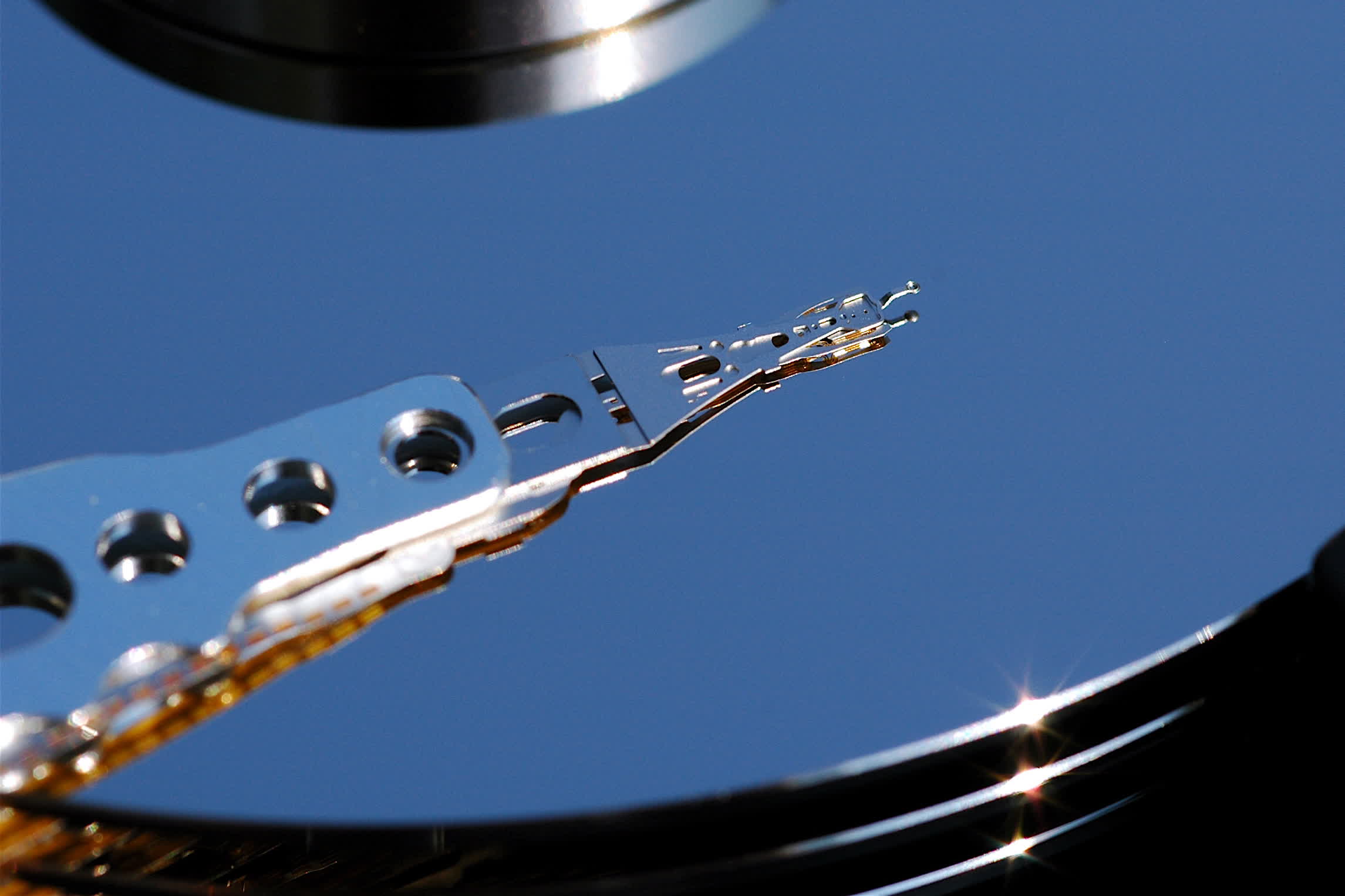Forward-looking: Magnetic storage technology in hard disks has undergone significant evolution in recent years. Following Perpendicular Magnetic Recording (PMR), Shingled Magnetic Recording (SMR), and Heat-Assisted Magnetic Recording (HAMR), the next advancement seems to involve multi-layered HAMR media to vertically stack the bits that make up our valuable digital data.
Seagate recently introduced its Mozaic 3+ storage platform, which implements HAMR technology for 30TB hard disk drives. The US storage giant is now collaborating with Sony to develop new HAMR write heads to meet the ever-growing storage needs of the technology industry. In the near future, Seagate may need to explore uncharted territories such as dual-layer magnetic media for its HAMR products.
Researchers from Seagate, NIMS, and Tohoku University recently published a study in Acta Materialia, proposing a novel approach to HAMR storage that could work within a multi-layered configuration. By recording bits on multiple layers within the same magnetic media, a next-generation HAMR head could achieve unprecedented areal densities, potentially providing 60TB or even 120TB of storage space in a single HDD.
The study underscores the significant growth in big data due to the digital transformation from Industry 4.0 to 5.0, leading to increased demand for digital data storage. HDDs continue to play a major role in the industry as primary storage devices in data centers. With the rise of large-language models, AI chatbots, and data-crunching ML algorithms, the demand for storage is expected to surge in the coming years.
Multi-level recording is not a new concept in the storage industry. Optical disks, such as Blu-ray and UltraHD Blu-ray, can now incorporate two, three, or even four layers to accommodate large amounts of data on a single disk. Similarly, NAND flash memory cells in solid-state drives (SSDs) can store more than one bit in the same vertical space. While multi-layered magnetic media has been proposed in the past, practical products have yet to emerge in the consumer market.
The solution proposed by the new study involves two FePt-C nanogranular films separated by a Ru-C "breaking" layer with a cubic crystal structure. By adjusting the magnetic fields and temperature levels applied by the HAMR heads, the two FePt-C PMR films can reliably store different bits in the same vertical space.
The researchers tested their idea using magnetic measurements and heat-assisted magnetic recording simulations, demonstrating that dual-layer storage media could function effectively within an HDD package. Furthermore, the multi-layered media could enable 3-level or even 4-level magnetic recording on the same platter.

